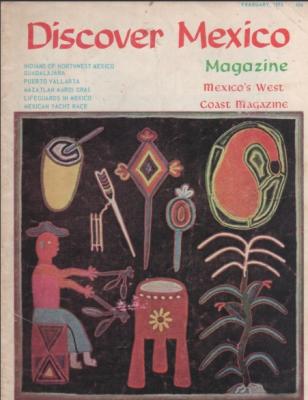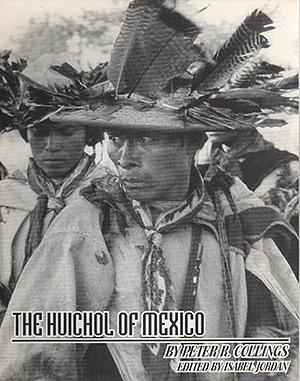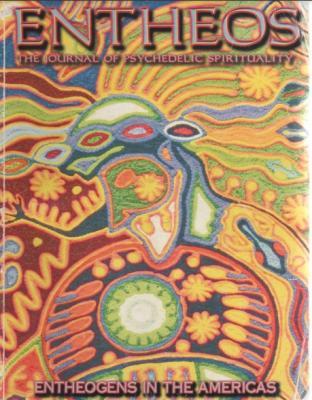Support Our Work
Contact Information
Wixárika Research Center
Telephone: (510) 420-1231
inquiries@wixarika.org
Website Contact Form
"We are committed to the defense of the sacred lands and natural resources of the Wixárika people"
Juan Negrín, Founding Director, Wixárika Research Center









